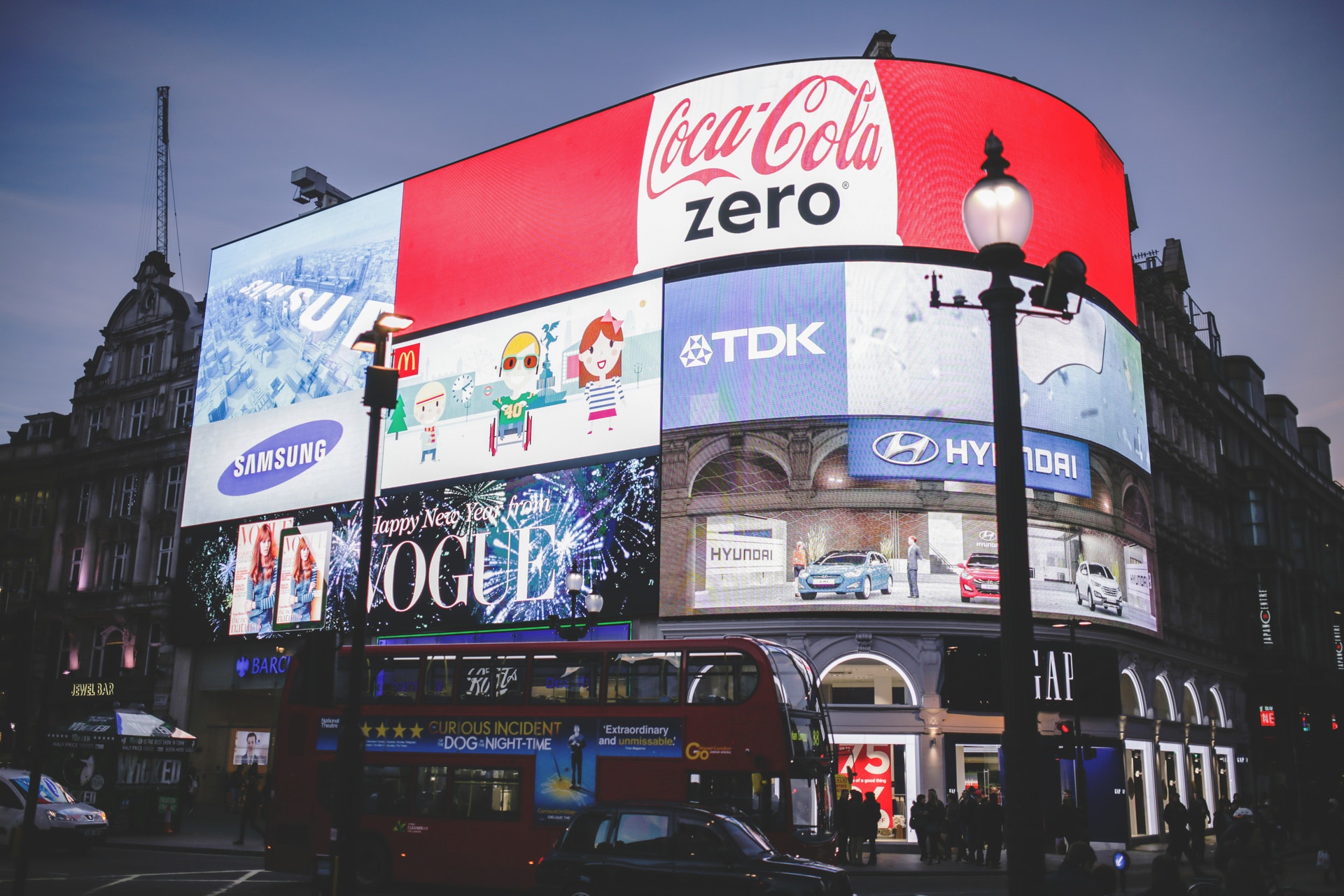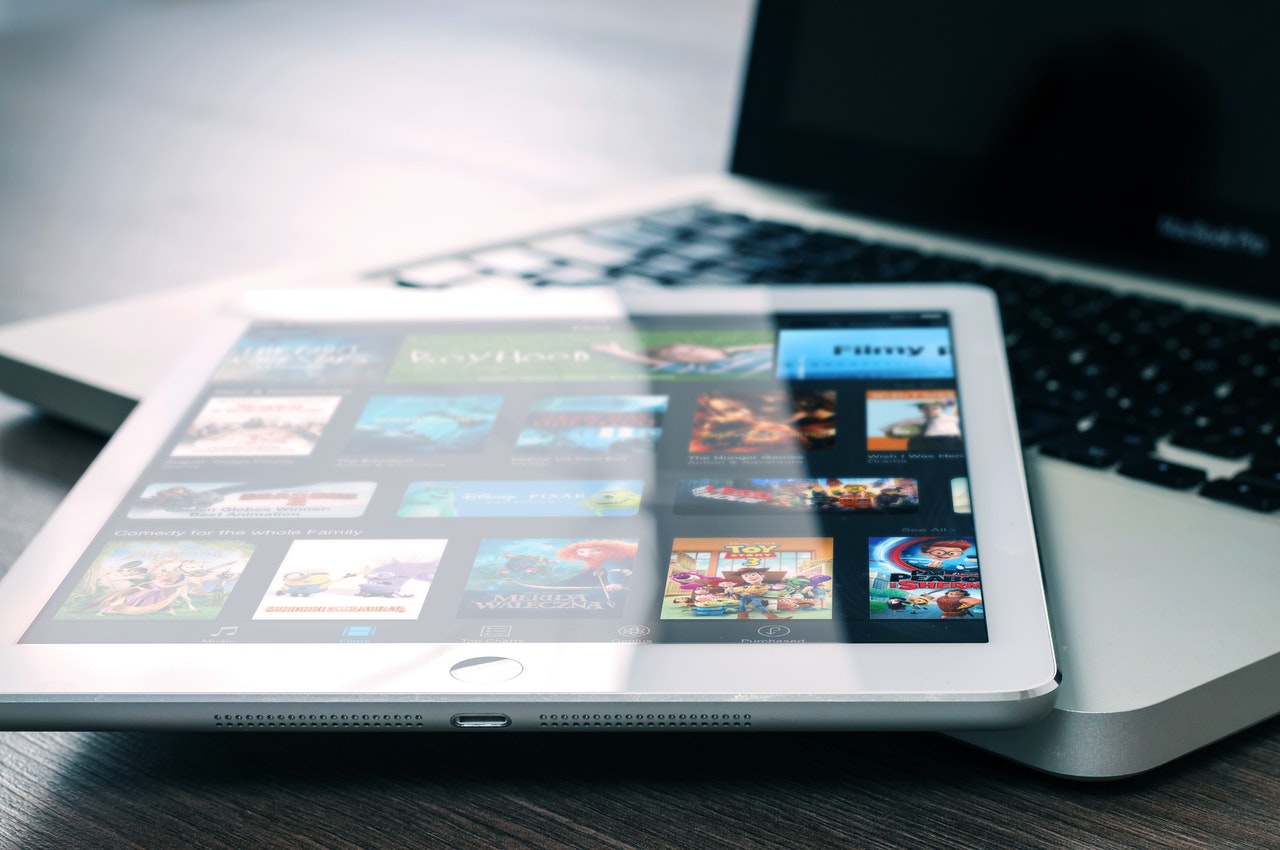The Effect of Digital Media on Traditional Media 2025
Hello, I’m Bob Ottaway, President of Ottaway Digital. I am both a digital marketing and traditional media expert with over 20 years of experience working on a wide range of projects, from radio ads to SEO marketing campaigns.
Traditional media which generally includes print publications, traditional journalism, broadcast television, and radio, has long served as the foundation of mass communication.These formats operate within structured networks, governed by centralized production and time-bound distribution.
In contrast, what makes digital media platforms such as social media platforms, news websites, and streaming services interesting is how they operate with immediacy, interactivity, and decentralized content creation.
This shift from analog to digital has triggered a transformation in how content is produced, delivered, and consumed. Legacy outlets are adapting, often radically, in response to consumers who scroll, stream, and share at the tap of a screen. Readers no longer wait for daily papers; viewers no longer schedule around primetime slots.
In this blog post, we’ll examine how the digital media landscape is redefining the structures, strategies, and survival of traditional media channels and why understanding audience behavior now determines who stays relevant.
Traditional vs. Digital Media: A Comparative Overview
To start, let’s take a look at the characteristics that define the differences between traditional and digital media.

Defining Traditional Media: Static Formats and Linear Flow
Traditional media platforms like newspapers operate within a centralized distribution model and deliver content to passive audiences without soliciting interaction.
In this model, the message flows in a single direction, from media producers to consumers.
- Print newspapers and magazines: Structured around daily or periodic publishing schedules, these formats offer curated news and features with editorial oversight. Their physical nature limits real-time updates.
- Television broadcasting: Content is scheduled, linear, and dictated by time slots. Although visually rich, television retains a one-to-many broadcast model with limited viewer engagement.
- One-way communication: Information comes from content creators to the audience without real-time feedback or interaction, creating a passive media consumption experience.
Defining Digital Media: Interactive, Personalized, and Instant
Digital media inverts the flow. Users select what, when, and how they consume, often contributing content themselves. Distribution takes place across diverse platforms such as websites, apps, streaming services, and social networks, available on multiple devices, particularly mobile ones.
- Mobile and on-demand access: Users download, stream, or scroll through content at their convenience, rather than being tied to a broadcaster’s schedule.
- Interactive and user-centric: Platforms adapt content feeds to match preferences, personalizing things like ads.
- Speed and accessibility: Digital publishing allows near-zero latency; breaking news reaches global audiences in seconds. Searchability enhances access to archived and long-form content.
Shifting Usage Trends Across Demographics
Media consumption patterns show clear differences in how age demographics prefer to get information.
Adults aged 18–29 now cite digital platforms as their primary news source, per Pew Research Center’s 2024 data. In contrast, audiences over 65 continue to rely on cable TV and print publications.
Professionals, students, and younger consumers gravitate toward mobile-first formats and social media feeds. Meanwhile, traditional media retains a stronger footing in regional and rural markets where infrastructure supports legacy formats with things like newspaper stands.
Device usage also mirrors these trends. A 2024 Pew Research Center report found that 86% of U.S. adults access news through digital devices, with over half doing so daily. In this environment, immediacy, interactivity, and customization drive engagement. All things that traditional media inherently isn’t capable of.

Print Journalism in Retreat: Circulation, Relevance, and the Digital Migration
Falling Circulation and Advertising Revenue
Since the early 2000s, the print journalism industry has recorded a steady and measurable decline. According to data from the Pew Research Center, daily newspaper circulation, both weekday and Sunday combined, fell from approximately 55.8 million in 2000 to less than 24.3 million in 2020. This downward trajectory continues as digital readership expands.
According to Forbes, in 2005, U.S. newspaper advertising revenue stood at $49.4 billion. By 2020, it had plummeted to $8.8 billion. The majority of these ad dollars have shifted to digital platforms such as Google and Facebook, which collectively dominate the digital ad market and generate almost $90 billion in revenue a year, according to Quartr.com.
Digital-First Generations and the Departure from Print
Younger readers aren’t picking up newspapers. A 2024 survey by Reuters Institute shows that just 5% of 18–24-year-olds across 46 markets read a print newspaper weekly. Contrast that with 30% who access digital news via social media daily.
The generational divide has recalibrated content delivery preferences: speed, accessibility, and personalization define the modern news experience.
Instead of reading front-page editorials, younger audiences scroll curated feeds. Algorithm-informed consumption habits have conditioned users to expect instant, bite-sized updates, not the in-depth column layouts of print pages.
This shift isn’t cyclical, it’s structural. Habits once based on columns and broadsheets have been replaced by push notifications and trending tabs.
Strategic Shifts in Publishing Models
Many print publishers have already changed their strategies, starting to step away from physical copies of their papers. For example, The Independent in the UK ceased its print edition in 2016 and now exists exclusively online. The USA Today Network has cut back on print delivery days in multiple markets in favor of app-based distribution.
- Physical infrastructure, from printing facilities to distribution vans, now sees reduced investment.
- Newsrooms prioritize real-time content updates, SEO optimization, and newsletter engagement.
- Print deadlines have grown irrelevant; digital publishing operates on the minute-by-minute pulse of social trends and breaking developments.
Publishers today are paying close attention to metrics. When pageviews, and engagement rates guide editorial decisions, the print calendar, which is much harder to track things like engagement on, loses its importance.
Headlines today must be crafted not just for print readability but for digital searchability.
Digital News Platforms Redefine the Information Ecosystem
New Players, New Models: Who’s Leading The Shift
Online-native publishers have surged, often outpacing legacy outlets in reach and agility. Brands like BuzzFeed News (until its closure in 2023), Vox, HuffPost, and Vice News have built large digital-first audiences, shaping the editorial tone to match internet culture.
Blogs, once dismissed as informal, now hold niche influence. Tech blogs like TechCrunch and political analysis sites such as FiveThirtyEight rival traditional outlets for authority among specialized audiences.
Live-streaming and video-first platforms—including YouTube, Twitch, and Facebook Live—have enabled both professional and independent creators to broadcast news events in real time. This model strips away traditional barriers to entry and allows journalists to bypass scripted formats entirely, bringing unedited footage from current events directly to viewers.
Speed and Multiformat Delivery: Real-Time is the Default
Timeliness no longer belongs to television bulletins or the morning paper. Digital news outlets now publish live blogs, push notifications, and short-format video updates within minutes of an event.
For example, The Guardian and The New York Times run dedicated live pages covering elections, conflicts, and major announcements, updating content minute by minute.
- Short-form video, like segments on TikTok or Instagram Reels, breaks down complex news into digestible clips for younger audiences.
- Live audio rooms on platforms like Twitter/X Spaces and Clubhouse allow real-time commentary and interviews during unfolding events.
- Interactive timelines personalize story relevance on content-heavy platforms like Google News.
From Passive Reading to Active Engagement
Digital formats aren’t just faster, they’re participatory. Comment sections, reader polls, embedded social media, and instant feedback loops have turned once-passive readers into active participants.
Interactive graphics, such as coronavirus case maps or election simulators, give users control over how they interpret data. These aren’t just visual supplements, they change how users internalize and prioritize news.
Surveys conducted by the Pew Research Center in 2024 revealed that over 85% of U.S. adults prefer to engage with stories that integrate video, data visualization, or interactive components, rather than plain-text formats. Digital-native organizations have leaned into this, optimizing long-form content into modular pieces users can navigate non-linearly.
So ask yourself, when was the last time you sat through an entire printed editorial uninterrupted? Chances are, you swiped, skipped, or scrolled instead. That shift in behavior didn’t happen by accident; digital platforms engineered it.
Rethinking the Newsfeed: Social Media Platform’s Role in Information Distribution
Social Networks Replace the Front Page
Popular social media platforms like Twitter, Instagram, and TikTok have moved beyond being platforms for personal updates or entertainment, they increasingly function as primary news sources.
According to the Reuters Institute Digital News Report 2025, 30% of people globally use social media as their main way of accessing news, a figure that rises to over 50% among those aged 18–24.
According to Oberlo, TikTok is the fastest growing in this area, used for news by 20% of 18–24-year-olds, and growing in users by a steady 2% every year. These platforms do not just redistribute journalism; through shares, they determine what gets distributed at all.
The Rise of Peer-Shared and User-Generated Reporting
News breaks on social media before it hits traditional outlets. Livestreams, amateur footage, and eyewitness accounts, especially during unfolding events, generate rapid user engagement and spread.
For instance, the 2022 war in Ukraine saw citizens using smartphones to report real-time updates, bypassing conventional news outlets entirely. Content shared by citizens often has immediacy, location-based authenticity, and emotional resonance that professionally edited reports may not replicate.
- Instagram Stories and TikTok videos report protests, disasters, or breaking events within moments of occurrence.
- Reddit and Discord channels host primary-source discussions that often precede formal news coverage.
The Role of Social Signals in Framing Narratives
Likes, shares, retweets, and comments don’t just evaluate content, they influence visibility, shape narrative trajectories, and assign relevance.
When a post receives high engagement, it gets surfaced by algorithms, then enters broader public discussion. This mechanism impacts editorial decisions in traditional newsrooms as well, which increasingly monitor social trends to guide coverage priorities.
On Facebook, for example, news articles promoted by user engagement outperform those chosen by editors in terms of reach. A Pew Research Center study in 2024 found that 53% of U.S. adults “often” or “sometimes” get news from social media, but only 29% trust the information. This creates a dynamic where popularity drives exposure, regardless of veracity.
The feedback loop between user interaction and algorithmic amplification creates new power structures in public discourse. Instead of a central editorial voice shaping the news agenda, thousands of micro-signals crowdsource relevance through interaction.
How Digital Media Has Transformed Consumer Behavior
On-Demand and Mobile-First Habits Redefine Media Consumption
Consumers no longer passively wait for scheduled programming. Instead, they initiate media experiences exactly when and where they want.
According to a 2023 Deloitte Digital Media Trends survey, 82% of U.S. consumers subscribe to at least one paid streaming video service, and 23% subscribe to four or more. Smartphones anchor this shift—over 60% of global digital video views now happen on mobile devices, based on Statista’s Q4 2023 data.
Traditional media’s linear broadcast structure can’t satisfy this on-demand expectation. Audiences want content that fits into micro moments—morning commutes, lunch breaks, or late-night scrolls. This behavioral pivot erases time and format boundaries, allowing digital technology platforms to match each user’s personal schedule and mood.
Multiscreen Behavior Becomes Standard
Single-screen engagement has become the exception, not the rule. A report by Nielsen in 2022 found that 88% of Americans use a second digital device while watching TV.
Users check live stats during sports broadcasts. They skim trending hashtags and browse e-commerce platforms. This is all influenced by what they see on screen.
This multiscreen dynamic alters how content is both made and consumed. TV producers now integrate strategies typically seen on social media into live programming, anticipating that distracted viewers need layered stimulation to stay engaged.
Meanwhile, advertisers target audiences simultaneously across platforms, knowing attention is split yet synchronized.
Short-Form, Visual-First Formats Gain Popularity
Swipe-driven platforms like TikTok, Instagram Reels, and YouTube Shorts have trained users to expect concise, image-rich storytelling. Byte-length videos dominate Gen Z attention spans; research by CTAM shows that most people under 30 prefer watching short-form clips over full-length shows when discovering new content.
Stories under 60 seconds stand a better chance of being watched to completion. Visual-first doesn’t just mean video, it includes memes, GIFs, infographics, and carousels designed to convey maximum information in minimum time. This consumption pattern deprioritizes long reads and editorial depth in favor of immediate, often ephemeral engagement.
- Consumers dictate when, where, and how content fits into their lives.
- Attention spans split across multiple devices and media channels.
- Visually engaging, snackable content drives discovery and sharing content.
Conclusion
The rise of digital media hasn’t just disrupted traditional formats, it has fundamentally reshaped the architecture of communication. Audiences no longer passively absorb news and entertainment; they curate, comment on, and in some cases create it themselves.
Legacy outlets that once dominated the airwaves and newsstands now compete with influencers, algorithms, and real-time content creators. What was once a top-down industry is now a constantly shifting ecosystem, powered by user preferences, platform design, and instant feedback loops.
As we move further into 2025, the gap between traditional and digital media is sure to continue to increase, but survival for all media companies depends on adaptability. Traditional media isn’t vanishing, but it’s evolving into hybrid models that meet audiences where they are.
Whether through interactive storytelling, algorithm-informed editorial strategy, or social media integration, the future of media belongs to those who can balance credibility with immediacy, depth with brevity, and structure with fluidity.




